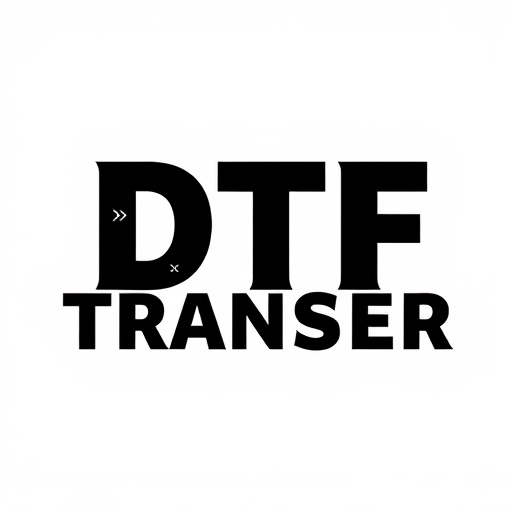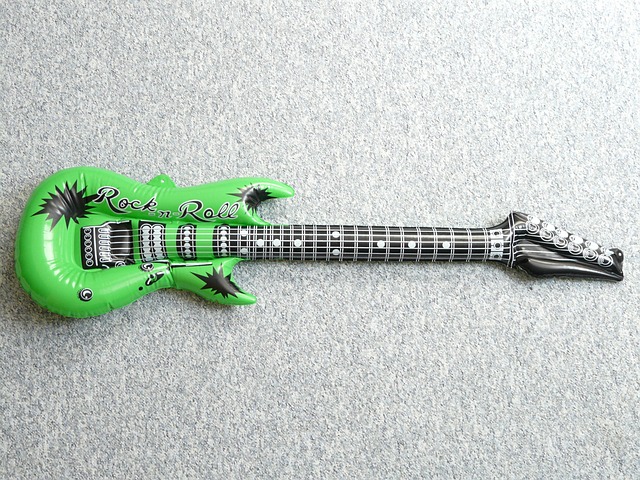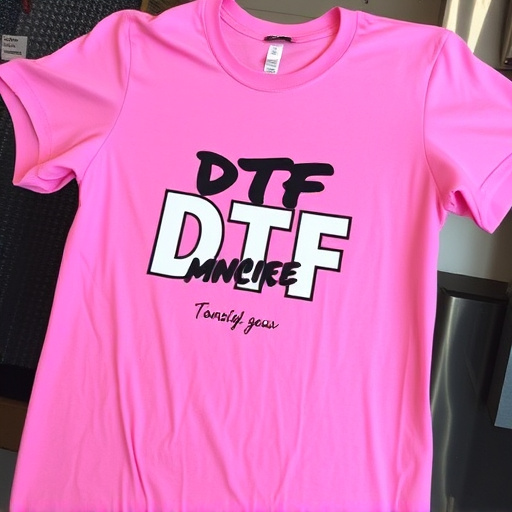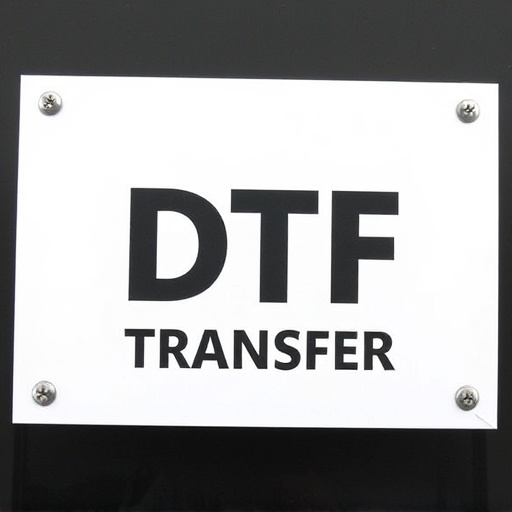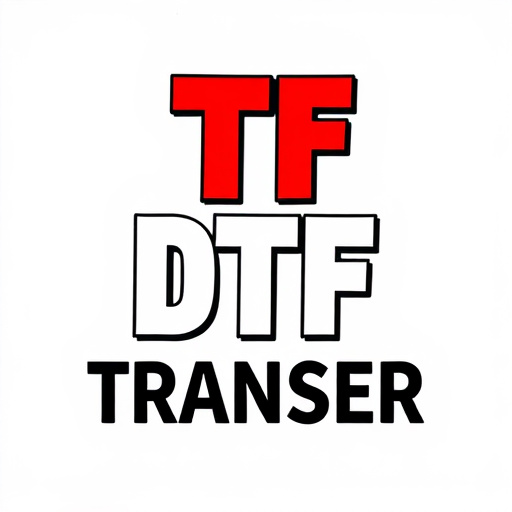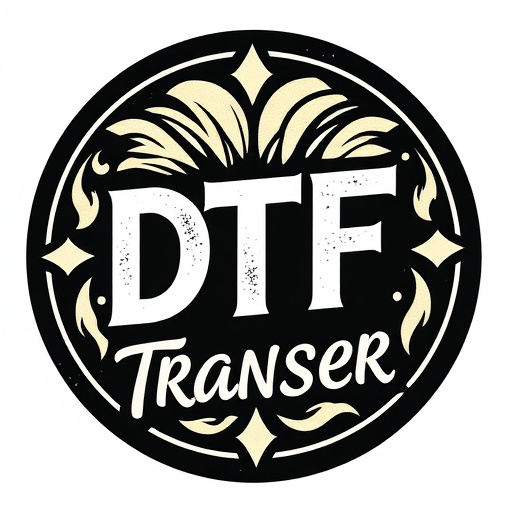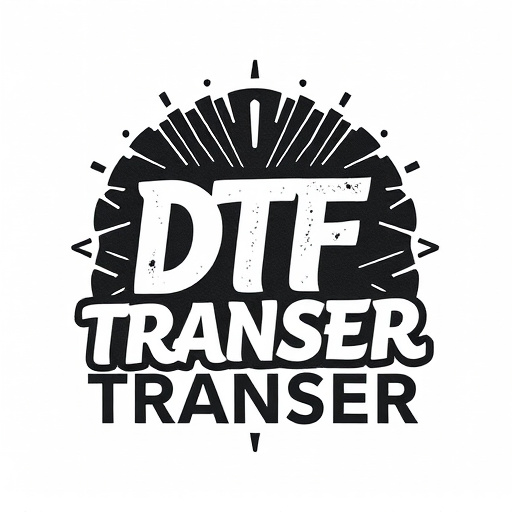Direct-to-film (DTF) prints are a game-changer in manufacturing, offering durable and versatile marking solutions for various materials like metal, plastic, and glass. Their high-quality inks withstand harsh conditions, enable intricate designs, and enhance product identification. DTF technology streamlines workflows, reduces costs, and is suitable for diverse sectors from automotive to healthcare. Strategic integration involves selecting printers, setting up dedicated areas, testing materials, and training staff for consistent quality. Future advancements in materials and automation promise faster, more efficient DTF printing for on-demand custom manufacturing solutions.
In today’s fast-paced manufacturing landscape, efficient and durable marking solutions are paramount. Heavy-duty direct-to-film (DTF) transfers emerge as a game-changer, offering unparalleled precision and longevity. This article delves into the world of DTF prints, exploring their benefits for various industries. We’ll uncover the key features driving their popularity, from precise designs to robust materials. Get ready to discover how DTF technology is revolutionizing manufacturing processes and setting new standards for durability.
- Understanding Heavy-Duty Direct-to-Film Transfers
- Benefits of DTF Prints in Manufacturing Environments
- Key Features and Advantages of DTF Technology
- Applications of DTF Transfers in Various Industries
- Implementation and Integration Process for DTF Prints
- Future Trends and Innovations in DTF Printing
Understanding Heavy-Duty Direct-to-Film Transfers
Direct-to-film (DTF) prints are a game-changer in manufacturing environments, offering a durable and efficient solution for marking and identifying materials. This technology involves transferring high-quality images or graphics directly onto various film types, which can then be applied to metal, wood, glass, and other substrates. The term “heavy-duty” refers to the robust nature of these prints, designed to withstand rigorous industrial conditions.
DTF prints provide an array of benefits, including superior longevity, as the inks are fused into the film’s surface, ensuring they don’t chip or peel easily. This makes them ideal for environments where products are subject to harsh handling and exposure. Moreover, DTF technology allows for intricate designs and precise color reproduction, enabling manufacturers to create visually appealing and informative marks that enhance product identification and traceability.
Benefits of DTF Prints in Manufacturing Environments
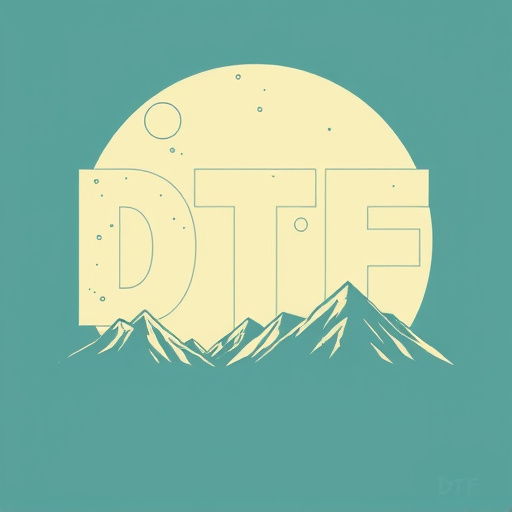
Direct-to-film (DTF) prints offer numerous advantages in manufacturing environments, streamlining operations and enhancing productivity. One of the key benefits is their ability to produce high-quality, durable labels and markings directly on various materials, including metal, plastic, and glass. This eliminates the need for intermediate steps, reducing time and labor costs associated with traditional printing methods.
Moreover, DTF prints are highly versatile, accommodating complex designs and intricate details. They can be easily customized to meet specific manufacturing requirements, ensuring accurate product identification, tracking, and quality control. Additionally, these prints exhibit excellent resistance to chemicals, extreme temperatures, and weathering, making them ideal for harsh industrial settings.
Key Features and Advantages of DTF Technology

Direct-to-film (DTF) printing technology offers several key features and advantages that make it a top choice for manufacturing environments. Firstly, DTF prints provide exceptional durability, ensuring that markings and graphics remain vibrant and legible even under harsh conditions. This is achieved through specialized inks and curing processes that bond strongly to various substrates, including metal, plastic, and glass. Additionally, DTF technology allows for high-resolution printing, enabling the creation of intricate designs and precise details, crucial for complex manufacturing tasks.
Another significant advantage is its efficiency in production workflows. DTF Prints can be applied directly onto products during the manufacturing process, eliminating the need for costly post-application treatments or additional steps. This streamlines operations, reduces downtime, and lowers overall production costs. Moreover, the technology offers versatility in terms of substrate compatibility, allowing manufacturers to customize their printing solutions based on specific material requirements, ensuring optimal results across diverse industrial applications.
Applications of DTF Transfers in Various Industries
Direct-to-film (DTF) transfers have found applications across various industries due to their durability and versatility. In manufacturing, DTF prints are used for creating robust labels and markings on a variety of surfaces, from metal and plastic to glass and ceramic. These transfers resist harsh conditions, including high temperatures and chemicals, making them ideal for industrial settings where reliability and longevity are paramount.
Beyond manufacturing, DTF technology serves diverse sectors like automotive, aerospace, and healthcare. In the auto industry, it’s employed for applying serial numbers and barcodes on vehicle parts, ensuring precision and traceability. Aerospace applications include marking aircraft components, contributing to safety and quality control. In healthcare, DTF prints facilitate patient identification, equipment tracking, and sterile environment labeling, showcasing its adaptability across critical fields.
Implementation and Integration Process for DTF Prints
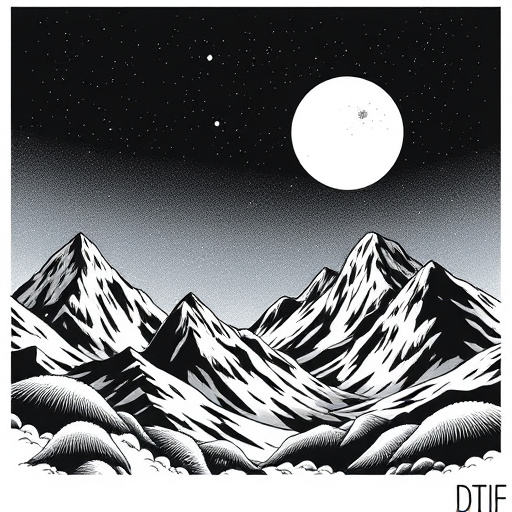
The implementation of Direct-to-Film (DTF) prints in manufacturing environments involves a strategic integration process. This begins with assessing the specific production needs and selecting suitable DTF printers that align with those requirements. The next step is setting up the printing area, which includes ensuring proper ventilation and workspace organization to facilitate efficient production flow. Calibration of the printers and testing of materials is crucial to achieve consistent print quality.
Once the technical aspects are in place, the integration process focuses on workflow management. This involves training staff on DTF printing procedures, including material handling, print settings optimization, and post-processing techniques. Effective communication between production teams and printers is essential to streamline operations. Regular maintenance checks and prompt troubleshooting ensure that the DTF printing system operates at peak performance, contributing to overall manufacturing efficiency and product quality.
Future Trends and Innovations in DTF Printing

The future of direct-to-film (DTF) printing in manufacturing looks bright, with innovations poised to revolutionize the industry. One of the key trends is the integration of advanced materials and inks, enabling printers to produce high-quality, durable DTF prints for diverse applications. This includes the development of eco-friendly inks that offer exceptional adhesion and resistance to chemicals, weathering, and UV exposure, ensuring longevity in demanding manufacturing environments.
Additionally, technological advancements are driving automation and precision in DTF printing. Automation streamlines production processes, reduces human error, and increases efficiency. Precise print heads and improved imaging technologies allow for more intricate designs and finer line details, opening up new possibilities for complex geometric patterns and specialized markings often required in manufacturing. These innovations collectively contribute to faster turnaround times, higher productivity, and enhanced product quality, solidifying DTF printing as a preferred method for on-demand, custom manufacturing solutions.

